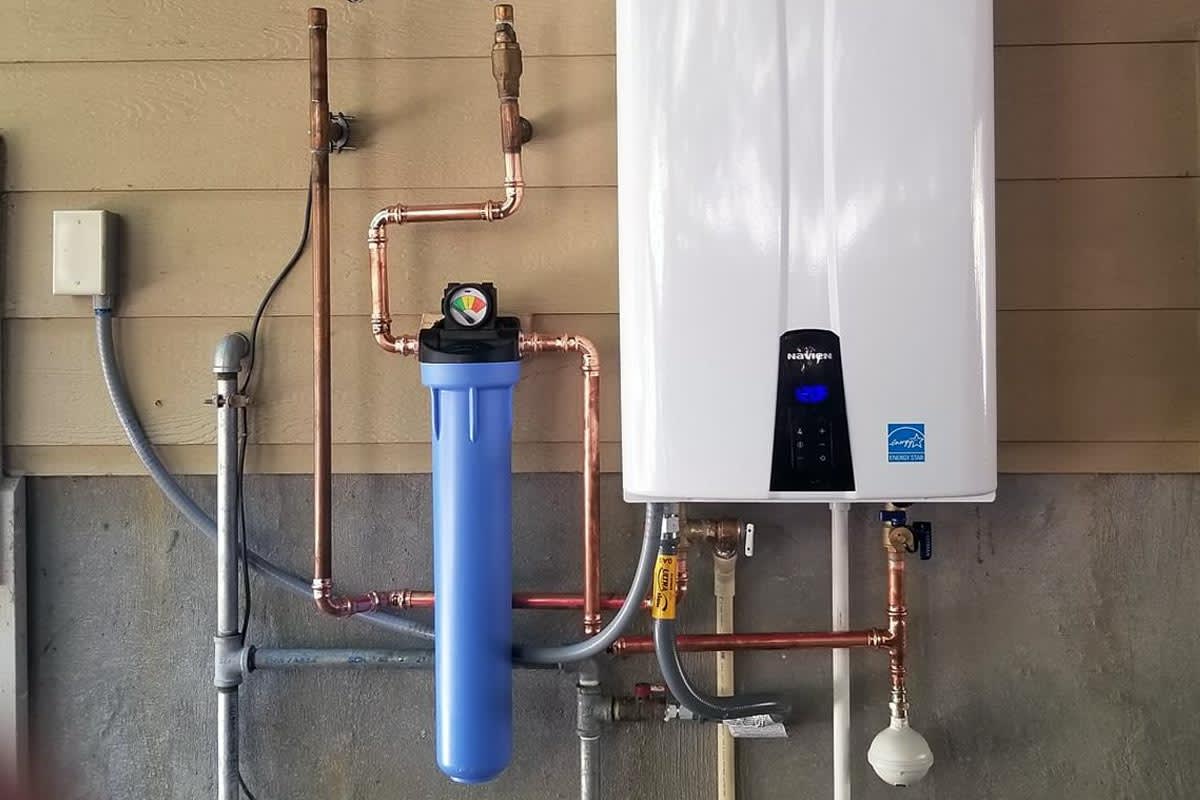How do you really feel about How to Maintain Your Water Heater & Prolong its Life?

Warm water is necessary for day-to-day convenience, whether it's for a rejuvenating shower or washing dishes. To guarantee your warm water system runs efficiently and lasts much longer, routine upkeep is vital. This short article provides functional suggestions and understandings on exactly how to maintain your home's warm water system to avoid disruptions and pricey repair services.
Intro
Preserving your home's warm water system may seem daunting, however with a couple of straightforward steps, you can guarantee it runs smoothly for many years to come. This guide covers every little thing from understanding your warm water system to do it yourself upkeep suggestions and recognizing when to contact specialist help.
Significance of Keeping Your Warm Water System
Regular upkeep not only expands the lifespan of your hot water system however also ensures it operates effectively. Ignoring maintenance can cause decreased effectiveness, higher power costs, and even premature failing of the system.
Signs Your Hot Water System Requirements Maintenance
Understanding when your warm water system needs focus can prevent major concerns. Look out for indications such as irregular water temperature, weird noises from the heating system, or rusty water.
Comprehending Your Warm Water System
Before diving right into upkeep tasks, it's practical to understand the standard elements of your warm water system. Usually, this consists of the water heater itself, pipes, anode poles, and temperature controls.
Monthly Maintenance Tasks
Routine month-to-month checks can help catch small concerns before they intensify.
Purging the Water Heater
Purging your hot water heater removes sediment build-up, boosting efficiency and prolonging its life.
Checking and Changing Anode Rods
Anode rods avoid rust inside the tank. Examining and replacing them when worn out is vital.
Evaluating and Changing Temperature Level Setups
Changing the temperature level settings guarantees ideal efficiency and safety and security.
Do It Yourself Tips for Upkeep
You can execute numerous maintenance tasks on your own to maintain your warm water system in top problem.
Looking for Leaks
Frequently examine pipes and connections for leaks, as these can lead to water damage and higher bills.
Evaluating Stress Alleviation Valves
Checking the pressure relief valve ensures it functions correctly and prevents excessive pressure buildup.
Insulating Pipes
Insulating warm water pipes decreases warm loss and can save energy.
When to Call a Professional
While DIY maintenance is advantageous, some issues call for expert know-how.
Complicated Issues Requiring Professional Aid
Instances include major leaks, electric problems, or if your hot water heater is continually underperforming.
Regular Specialist Upkeep Perks
Expert maintenance can consist of complete assessments, tune-ups, and ensuring conformity with safety standards.
Verdict
Routine maintenance of your home's warm water system is necessary for efficiency, long life, and price financial savings. By following these tips and recognizing when to look for professional aid, you can ensure a reliable supply of warm water without unforeseen disruptions.
How to Maintain an Instant Hot Water Heater
Before tinkering with your hot water heater, make sure that it’s not powered on. You also have to turn off the main circuit breaker and shut off the main gas line to prevent accidents. Also turn off the water valves connected to your unit to prevent water from flowing into and out of the appliance. 2. When you’re done, you have to detach the purge valves’ caps. These look like the letter “T†and are situated on either side of the water valves. Doing so will release any pressure that has accumulated inside the valves while at the same time avoid hot water from shooting out and burning your skin. 3. When the purge valves’ caps are removed, you have to connect your hosing lines to the valves. Your unit should have come with three hoses but if it didn’t, you can purchase these things from any hardware or home repair shops. You can also get them from retail stores that sell water heating systems. Read the user’s manual and follow it to complete this task properly. When the hosing lines are connected, open the purge port’s valves. 4. You should never use harsh chemical cleaners or solutions when cleaning your unit. Make use of white vinegar instead. It should be undiluted and you’ll probably use about 2 gallons. 5. Now flush your water heater. This task should probably take about 40 minutes. We can’t give you specific directions for this because the procedure is carried out depending on the type, model and brand of your heater. With that being said, refer to the user’s manual. 6. When you’re done draining the unit, you have to turn off the purge port valves again. Remove the hosing lines that you earlier installed on each of the water valves. Put the valve caps (purge port) back in their respective places and be very careful so as not to damage the rubber discs that are found inside these caps. 7. Now that everything’s back in place, check your user’s manual again to find out how to reactivate your water heating system. 8. Once it is working, turn one of your hot water faucets on just to let air pass through the heater’s water supply pipes. Leave the tap on until water flows smoothly out of it. https://www.orrplumbing.com/blog/2014/september/how-to-maintain-an-instant-hot-water-heater/

Hopefully you enjoyed reading our topic on Tips For Maintaining Your Hot Water Heater. Thanks for taking a few minutes to browse our piece. I beg you take a moment to promote this post if you appreciated it. Thank you for your time spent reading it.
About This